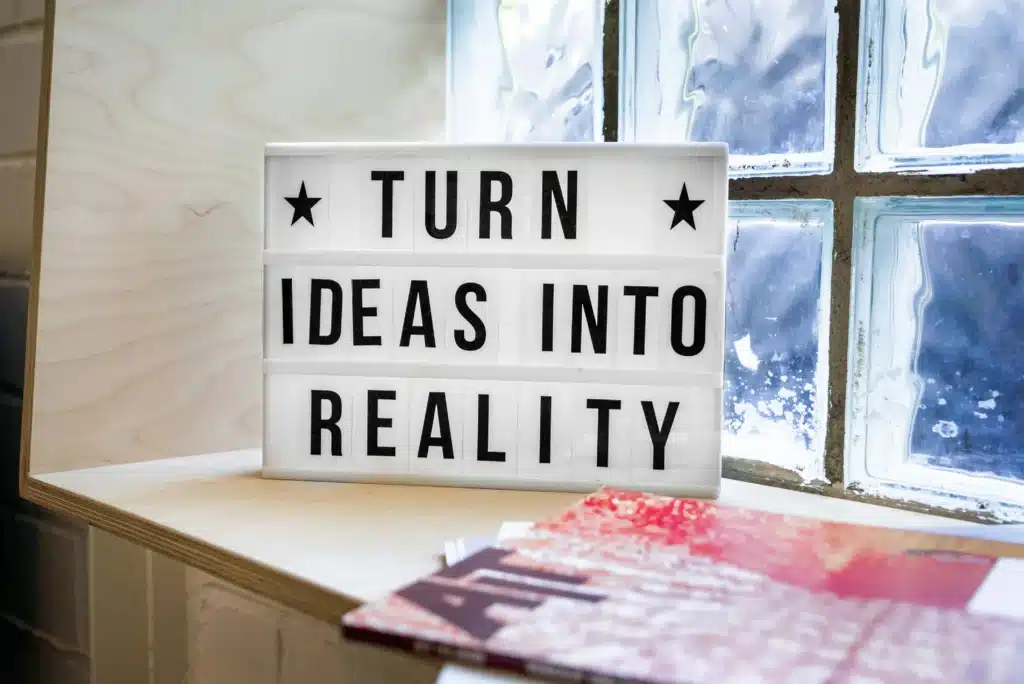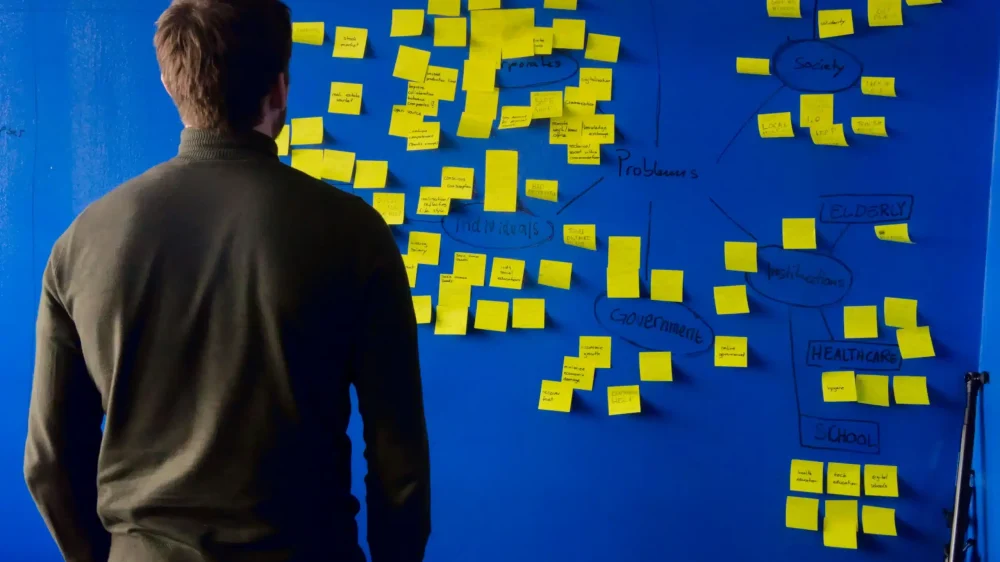Every year, thousands of startup ideas are born, yet only a handful make it past the first year. In fact, CB Insights reports that over 90% of startups fail, and one of the biggest reasons is simple: they build products nobody wants.
It’s an easy trap to fall into. You get excited about your business idea, invest time, money, and energy, and by the time you launch, you realize there’s no real demand. The good news? There’s a more innovative, leaner way to test and validate startup ideas before going all in, using MVPs.
An MVP (Minimum Viable Product) lets you test your concept quickly, get honest user feedback, and decide whether to pivot, improve, or move forward. It’s not about building the perfect product from day one. It’s about proving your idea has legs before investing your entire savings into it.
At Charisol, we’ve helped countless founders, early-stage startups, and nonprofits turn their startup business ideas into scalable, user-focused products. In this guide, we’ll show you five powerful ways to use MVPs to validate your startup ideas successfully, saving you time, money, and a lot of frustration along the way.
Related Posts
- Why Understanding MVP vs Final Product Can Skyrocket Your Startup Success in 2025
- How to Define the Right Features for a Minimum Viable Product in 2025
- 7 Proven Differences Between MVP and Prototype, Designers Often Overlook
- 10 Essential Components for Building a High-Impact Minimum Viable Product
How MVPs Help Validate Startup Ideas Without Wasting Resources
Before we dive into strategies, let’s make sure we’re on the same page. An MVP isn’t a half-baked product; it’s a focused, simplified version of your idea designed to test your assumptions. It answers the question: “Will people actually pay for this?”
Here’s why MVPs are a game-changer for startup validation:
- Fast feedback: Get real insights from potential users before committing months to development.
- Lower risk: You’re not investing everything upfront.
- Data-driven decisions: Pivot, improve, or move on based on actual user behavior — not guesses.
- Proven success stories: Companies like Dropbox, Airbnb, and Zappos started with MVPs before scaling into global brands.
With the right approach, MVPs can turn uncertainty into clarity, helping you validate even the trickiest startup ideas without burning through your resources.
5 Powerful Ways to Use MVPs to Test and Validate Startup Ideas
This is where the magic happens. Below are five practical MVP strategies you can use today to validate your startup ideas:
1. Landing Page MVPs: Test Interest Before You Build
Sometimes, the simplest way to test demand is by creating a landing page MVP. Build a single-page description of your idea, its benefits, and what makes it unique, then measure sign-ups or click-throughs.
Tools like Carrd and Unbounce make it easy to spin up a professional landing page in hours, no coding required. If people are signing up or clicking “Get Started,” you know you’re onto something.
Pro tip: Include clear CTAs and measure conversion rates carefully. This is a low-cost way to validate startup business ideas without writing a single line of code.
2. Wizard of Oz MVPs: Fake It Until You Make It
With a Wizard of Oz MVP, your product appears fully functional to users, but behind the scenes, you’re manually doing the heavy lifting. This allows you to test demand before automating processes.
For example, if you’re launching a food delivery platform, you could accept orders through a sleek interface but handle delivery logistics manually. This approach keeps costs low while proving whether your idea resonates with customers.

3. Concierge MVPs: Hands-On Testing for Personalized Ideas
A concierge MVP involves manually walking users through your solution to validate demand. Instead of building a complete platform up front, you provide a highly personalized experience to a select group of early users.
For example, if you’re exploring an AI-driven fitness coaching app, start by manually curating fitness plans for a handful of testers. Once you confirm there’s interest, you can automate the process later.
This strategy is most effective for businesses that are easy to start and involve direct customer interaction.
4. Crowdfunding MVPs: Let the Market Fund Your Validation
Crowdfunding platforms like Kickstarter and Indiegogo are potent tools for startup validation. By pitching your idea to potential backers, you get two critical insights:
- Whether people are excited enough to fund your idea
- Early adopters who become your first community
It’s a win-win: You validate demand while raising the funds needed to build your MVP.
5. Prototyping & Testing: Visualize Before You Build
Prototyping tools like Figma and InVision let you create clickable mockups of your product without writing code.
By sharing prototypes with real users, you can gather feedback on design, usability, and features before committing to development. This approach works perfectly for founders looking to test startup ideas fast and cheaply.
Common Mistakes to Avoid When Validating Startup Ideas
Even with the right MVP strategies, many founders still stumble. Avoid these common mistakes:
- Skipping customer validation: Building in isolation rarely yields effective results.
- Ignoring negative feedback: Feedback isn’t failure, it’s free market research.
- Overbuilding too early: Keep your MVP lean; focus on essentials first.
Stay data-driven and user-focused, and you’ll save yourself months of wasted effort.
Frequently Asked Questions (FAQs)
Q1. What is the best way to validate startup ideas quickly?
Read this Reddit thread where experienced founders share their fastest validation techniques.
Q2. Do I need a fully functional product to test my startup ideas?
No, MVPs exist to test demand without building the final product upfront.
Q3. What percentage of startups actually succeed?
Only around 10% of startups succeed, which makes validation critical.
Q4. How do I identify a good startup idea?
Paul Graham’s guide on finding startup ideas is a must-read for aspiring founders.
Q5. How do I know if my startup will succeed?
Inc. offers five questions to assess your startup’s potential for success.

Conclusion:
Validating your startup ideas doesn’t have to be overwhelming. With MVPs, you can test fast, fail cheap, and double down on what works. Instead of investing everything upfront, you validate demand step by step, saving time, money, and energy.
At Charisol, we’ve helped countless founders transform raw business ideas into validated, user-loved products. Whether you’re brainstorming easy businesses to start up or scaling a bold vision, we’re here to guide you from concept to outcome.
Read More: Why a High-Impact Minimum Viable Product Is Crucial for Thriving Startups in 2025

